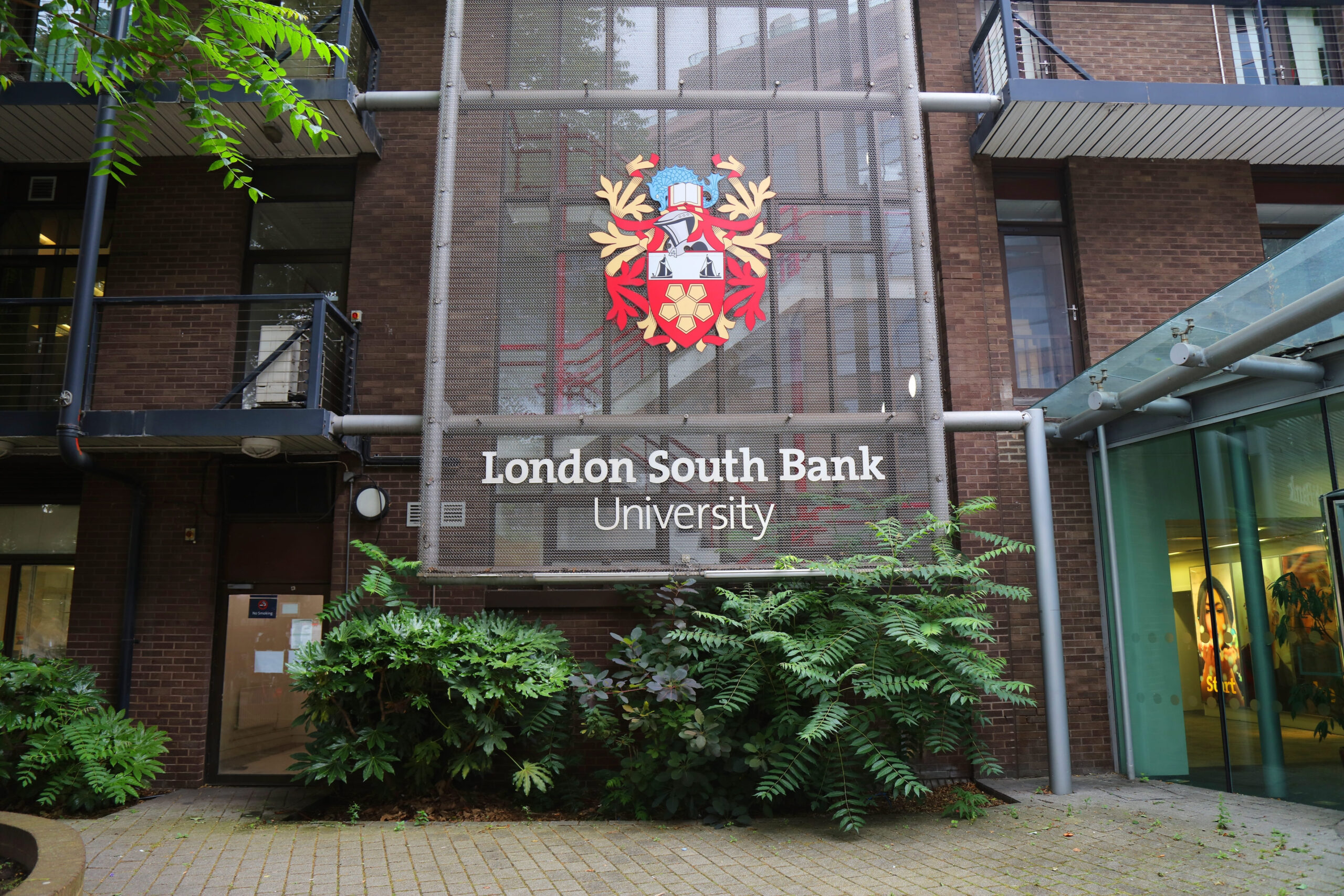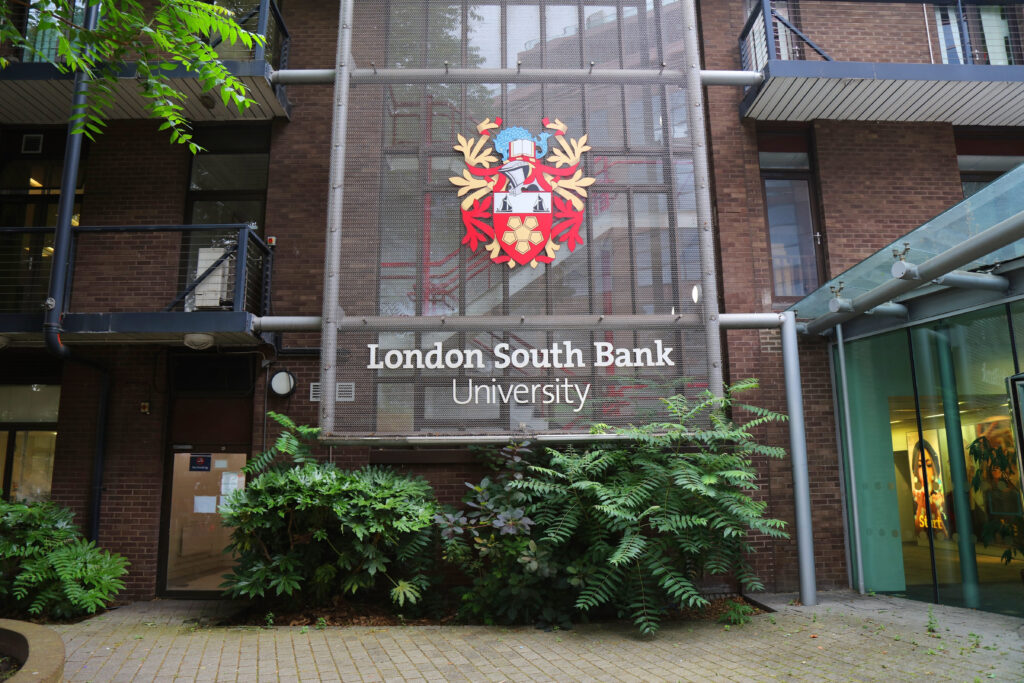Led by Dr. Mohammad Ghavami, Professor of Telecommunications Engineering at London South Bank University (LSBU), the LSBU research team plays a key role in the development and validation of MammoWave®, the cutting-edge microwave imaging device being tested in our clinical trial. Beyond MammoWave, the team´s research has contributed to the broader field of microwave imaging, particularly through work on ultra-wideband (UWB) technologies. Research into the dielectric differences in biological tissues provides a solid foundation for designing safer and more efficient diagnostic tools for medical applications, including cancer and bone imaging.
Working within the School of Engineering, the team focuses on optimizing microwave imaging technologies in general and is working in many other innovative applications. The impact of this work has been amplified through major research grants and industry collaborations, including two EU-funded Marie Skłodowska-Curie Actions, WEBOING and ROVER, which explore the use of UWB radar in biomedical contexts. But their partnerships also extend to the development of technologies like smart card antennas.
One of the team’s major contributions has been the clinical and phantom validation of MammoWave. In a study involving 51 breast scans, they demonstrated the device’s ability to detect lesions by mapping the tissue´s dielectric properties and analysing their homogeneity. These early results paved the way for MammoWave to be investigated as a non-invasive, radiation-free breast imaging method with potential applicability for cancer screening in populations who may benefit from this alternative technology.
To enhance MammoWave’s diagnostic performance, the LSBU team is also responsible for integrating AI into the image analysis process, using unsupervised clustering, which is a type of AI tool that helps a computer find patterns in data without being told what to look for. The researchers successfully categorized over 1,000 samples from two European hospitals, achieving around 70% accuracy in distinguishing healthy from non-healthy cases. This AI-enhanced approach helps overcome challenges associated with data variability and increases the system’s ability to generalize across different patient populations.
Looking ahead, the LSBU team’s ongoing research and integration of AI and machine learning are expected to further improve the accuracy and clinical relevance of MammoWave. Their pioneering efforts are helping to deliver innovative, patient-friendly alternatives to traditional diagnostic methods and their work fully exemplifies the potential of combining advanced engineering principles with medical diagnostics to improve cancer detection.





